Health care is expensive. We might be able to help you with that.
Chase Brexton Health Care offers our patients with limited incomes a sliding fee scale. A sliding fee scale is a way to save money on our health care services and prescriptions. Learn more about our sliding fee scale below!
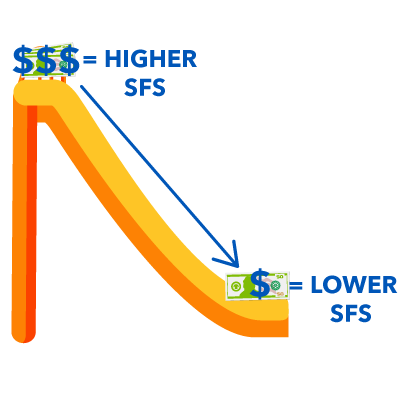 It is a confusing name.
It is a confusing name.
FEE: When we say ‘fee’ we mean how much money you pay for services.
SCALE: A ‘scale’ is a chart that helps us see how much your fee should be.
SLIDING: ‘Sliding’ means the fees are not the same for everyone.
Think about a slide. You are higher at the top of the slide and you get lower as you slide down. In this case, the top of the slide is the highest income you can earn to get the Sliding Fee Scale. The bottom of the slide is the lowest income.
If your household income is higher, your sliding fee scale might be higher. If your household income is lower, your sliding fee scale might be lower.
 Chase Brexton patients who have household incomes at or below 200% of the Federal Poverty Level. If you meet certain health conditions, you can be on the sliding fee scale if your household income is at or below 300% Federal Poverty Level.
Chase Brexton patients who have household incomes at or below 200% of the Federal Poverty Level. If you meet certain health conditions, you can be on the sliding fee scale if your household income is at or below 300% Federal Poverty Level.
A chart of the Federal Poverty Levels for this year is to the right. If you are not sure what your Federal Poverty Level is, talk with our Social Work and Outreach team.
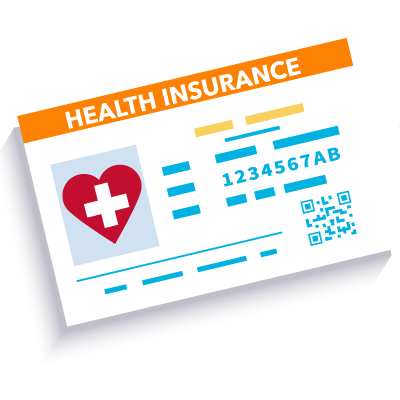 Yes! You may pay less than your insurance co-pay for services with the sliding fee scale.
Yes! You may pay less than your insurance co-pay for services with the sliding fee scale.
Certain medications may cost a lot less with the sliding fee scale in the Chase Brexton pharmacy.
Chase Brexton’s sliding fee scale covers every service at Chase Brexton:
- medical,
- OB/GYN,
- behavioral health,
- substance use,
- dental,
- lab services, and
- prescriptions from the Pharmacy.
No. Chase Brexton’s sliding fee scale is not insurance.
It is a way to help you afford services at Chase Brexton Health Care. The sliding fee scale only works for Chase Brexton services. It cannot be used at other pharmacies or doctor’s offices.
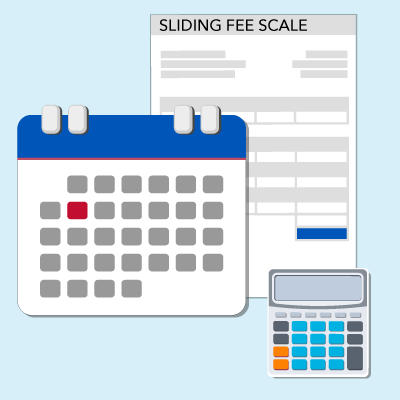 Each sliding fee scale lasts for a year.
Each sliding fee scale lasts for a year.
Every year, you will need to re-apply.
Call our Social Work and Outreach Department. Or you can call your Chase Brexton Health Care Center’s Eligibility Specialist to get started. They will tell you what documents to bring with you. But you will need to bring “Proof of Income” for yourself and your household.
Contact our Social Work and Outreach team by calling: 410-837-2050 ext. 8872 or ext. 8806.
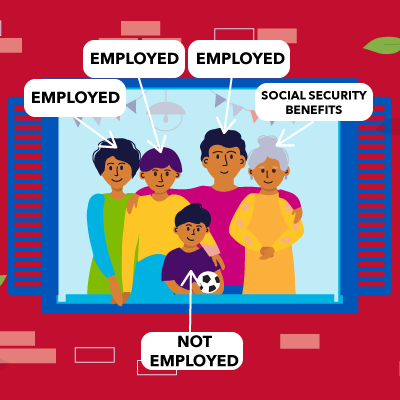 Household income is the total amount earned yearly (also called: annually) by those in your household. Household income counts every person of any age who lives in your household.
Household income is the total amount earned yearly (also called: annually) by those in your household. Household income counts every person of any age who lives in your household.
For an example, let us use a pretend patient named Max. Max’s household includes:
| COUNT | HOUSEHOLD MEMBER | EMPLOYMENT STATUS | ANNUAL SALARY |
|---|---|---|---|
| 1 | MAX | Employed | $20,000 A YEAR |
| 2 | MAX’S SPOUSE | Employed | $27,000 A YEAR |
| 3 | MAX’S 10-YEAR-OLD CHILD | Not Employed | |
| 4 | MAX’S 16-YEAR-OLD CHILD | Part-time Job | $3,000 A YEAR |
| 5 | MAX’S 79-YEAR-OLD DEPENDENT MOTHER | Not Employed BUT gets Social Security: | $15,000 A YEAR |
| TOTAL | $65,000 | ||
| Max’s total household income is $65,000 a year for a household of 5 people. | |||
| Max's household income is below 200% of the Federal Poverty Level. | |||
 Household members include:
Household members include:
- YOU (the Chase Brexton patient),
- your legal spouse, if you have one,
- and any legal dependents – children, foster kids, adults you legally care for.
For patients under 18, the household members include:
- the patient,
- their legal guardian or guardians,
- and any legal dependents of their legal guardian(s).
 Any household member who earns an income must provide proof of income. This includes teenagers who may have part-time jobs.
Any household member who earns an income must provide proof of income. This includes teenagers who may have part-time jobs.
Anyone in your household who is 18 or older must provide proof of income. Household members who don't earn an income will need to fill out this Verification of No Income form. You will bring that instead of proof of income when applying for the sliding fee scale.
We need proof of income for every household member 18 and over.
Without proof of income, they cannot be counted toward the household size. Your household can affect your eligibility for the sliding fee scale.
Proof of income includes your MOST RECENT paystubs, tax forms, Social Security award letters, or benefit letters from Department of Social Services. They must be from the most recent month or year you received the income.
For example, if you get paid 2 times each month, bring your last 2 paystubs.
If you filed taxes last year, bring that tax return - not the tax return from any years prior.
 Yes! You may pay less than your insurance co-pay for services with the sliding fee scale.
Yes! You may pay less than your insurance co-pay for services with the sliding fee scale.
Certain medications may cost a lot less with the sliding fee scale in the Chase Brexton pharmacy.
No, you still need insurance.
Insurance helps to pay for things that the sliding fee scale does not cover. If you have to go to the hospital or the emergency room, your insurance will help cover that cost. If you need to see a specialist or if you need to get an MRI or mammogram, you will use your insurance to help pay for the service.
You need insurance to protect you from big medical bills. Insurance also makes sure that, if anything bad happens, you can get the care you need!
No. Chase Brexton’s sliding fee scale is not insurance.
It is a way to help you afford services at Chase Brexton Health Care. The sliding fee scale only works for Chase Brexton services. It cannot be used at other pharmacies or doctor’s offices.
Nope! You will pay whichever amount is less.
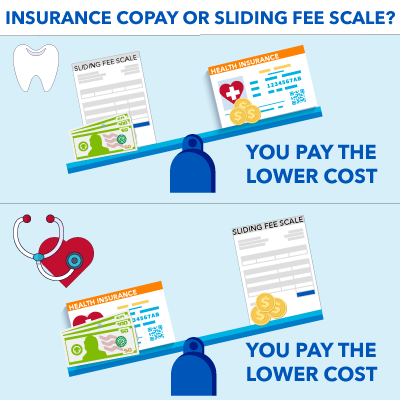
You will use the sliding fee scale like you would an insurance copay. At the time of your appointment or when you're purchasing your prescription, you will pay the set amount for that service or prescription.
For example, if your sliding fee scale says you pay $10 for a generic 90-day prescription, you would pay $10 when you get your prescription.
Each Chase Brexton service has a different sliding fee scale. Each patient's sliding fee scale is different, too.
We will figure out your sliding fee scale based on your income and household size. Then, you will know what you will be paying for each service.
Your sliding fee scale will stay the same throughout the year.
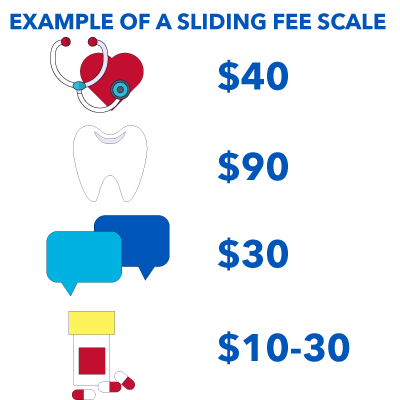 Sure! We will use our pretend patient, Max, and a pretend sliding fee scale.
Sure! We will use our pretend patient, Max, and a pretend sliding fee scale.
Max’s total household income was $65,000 a year. Max's household income is between 175% and 200% of the Federal Poverty Level.
Max's sliding fee scale is based on Max’s poverty level and the scale for the year.
So, for example, using a pretend sliding fee scale, Max would pay:
- At every Medical Visit: $40
- At every Dental Visit: $90
- At every Behavioral Health Visit: $30
- For Prescriptions: $10 - $30
Remember, this is just a pretend example. Everyone’s sliding fee scale is different.
Locations
Baltimore
1111 North Charles Street
Baltimore
, MD
410-837-2050
Columbia
5500 Knoll North Drive, Ste. 370
Columbia
, MD
410-837-2050
Easton
500 Cadmus Lane
Easton
, MD
410-837-2050
Glen Burnie
200 Hospital Drive
Glen Burnie
, MD
410-837-2050
Security Square
6901 Security Boulevard, Suite 200 (Parking Location #14)
Windsor Mill
, MD
410-837-2050

